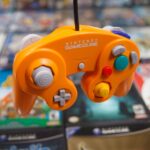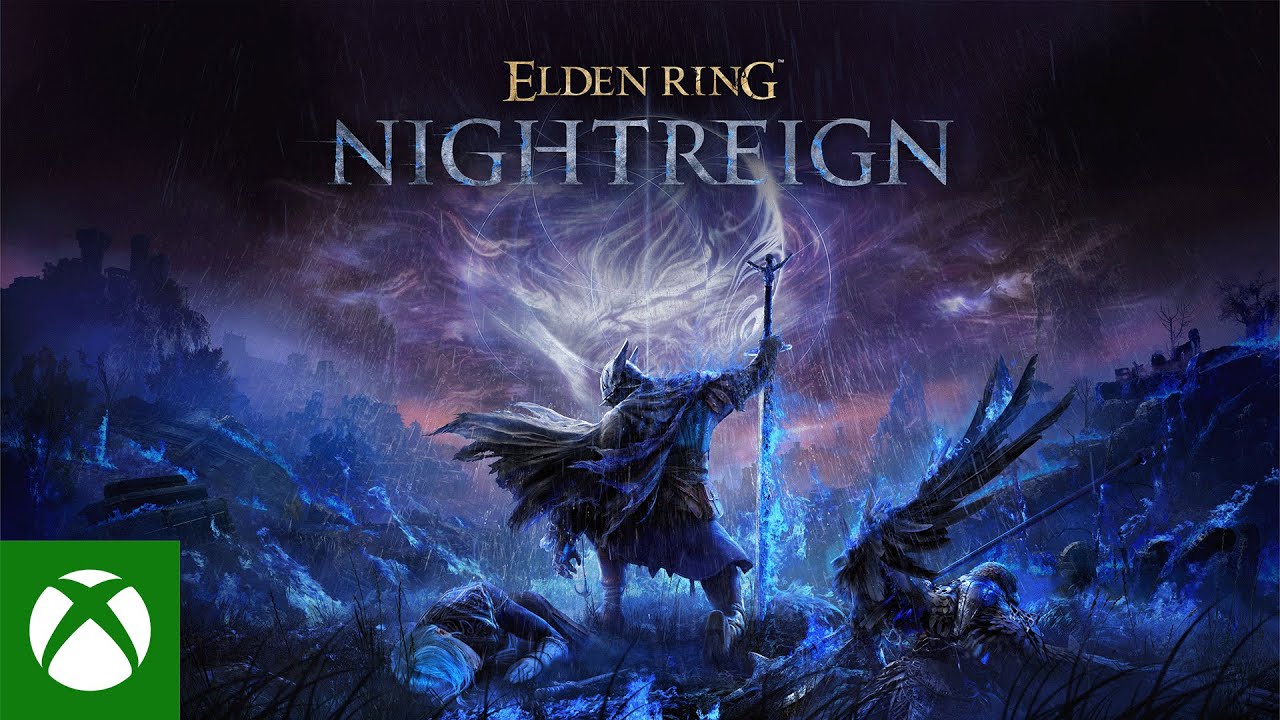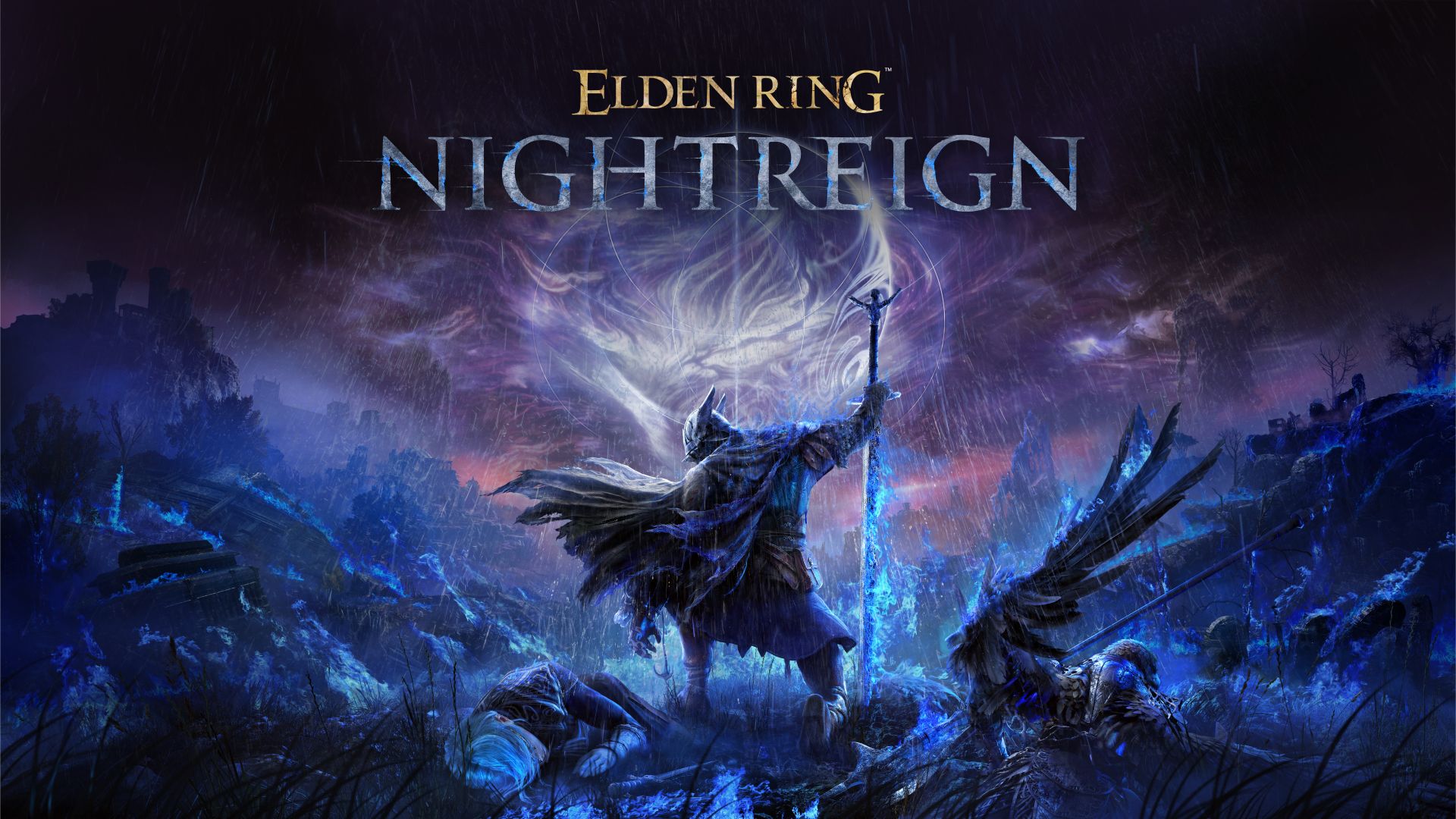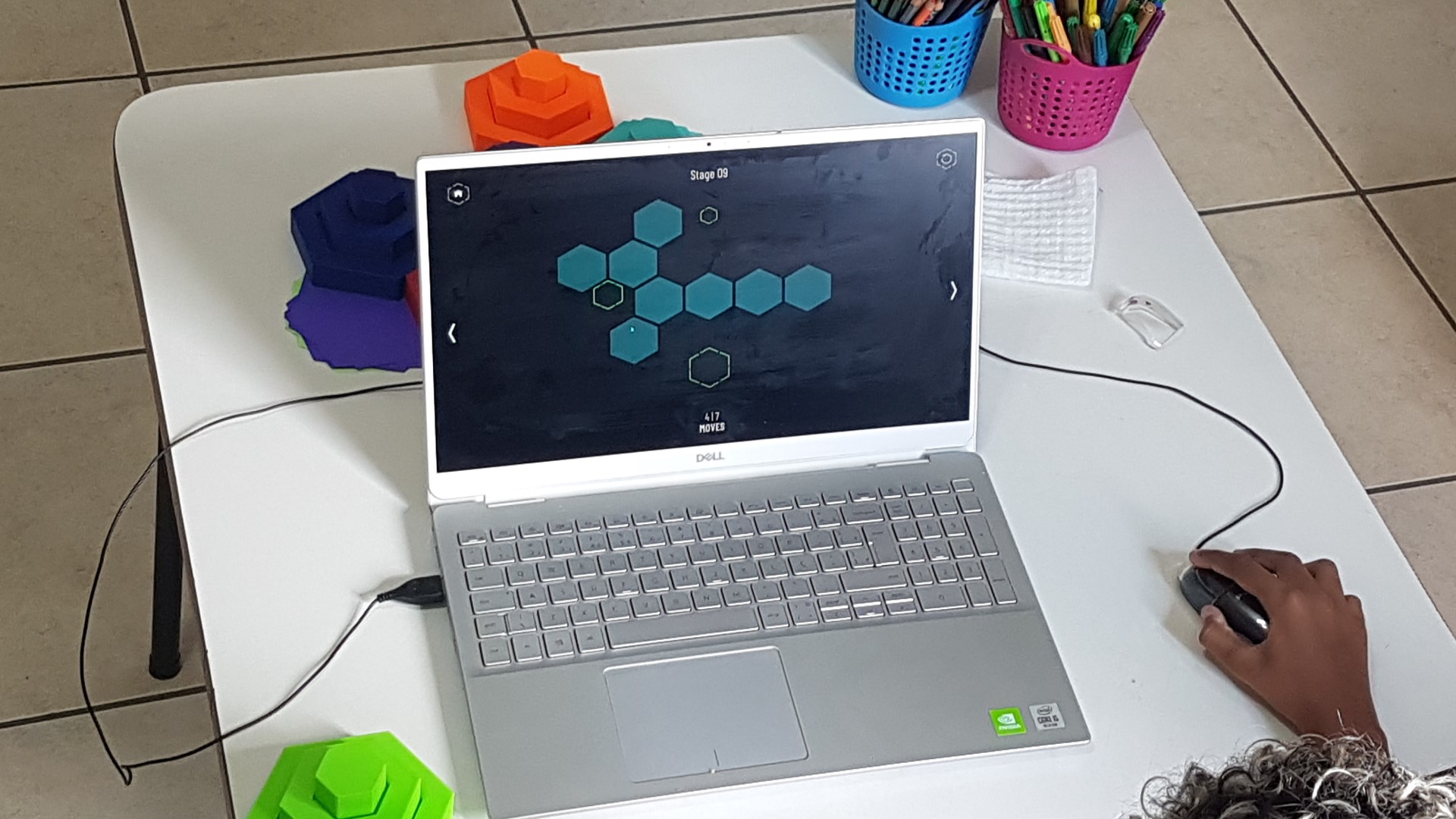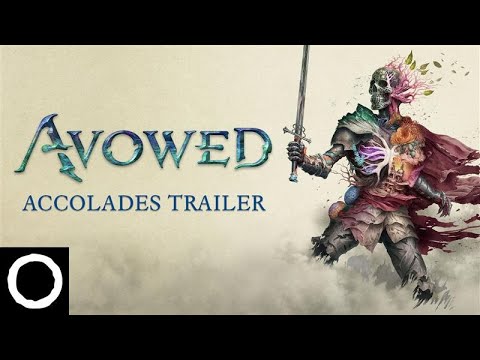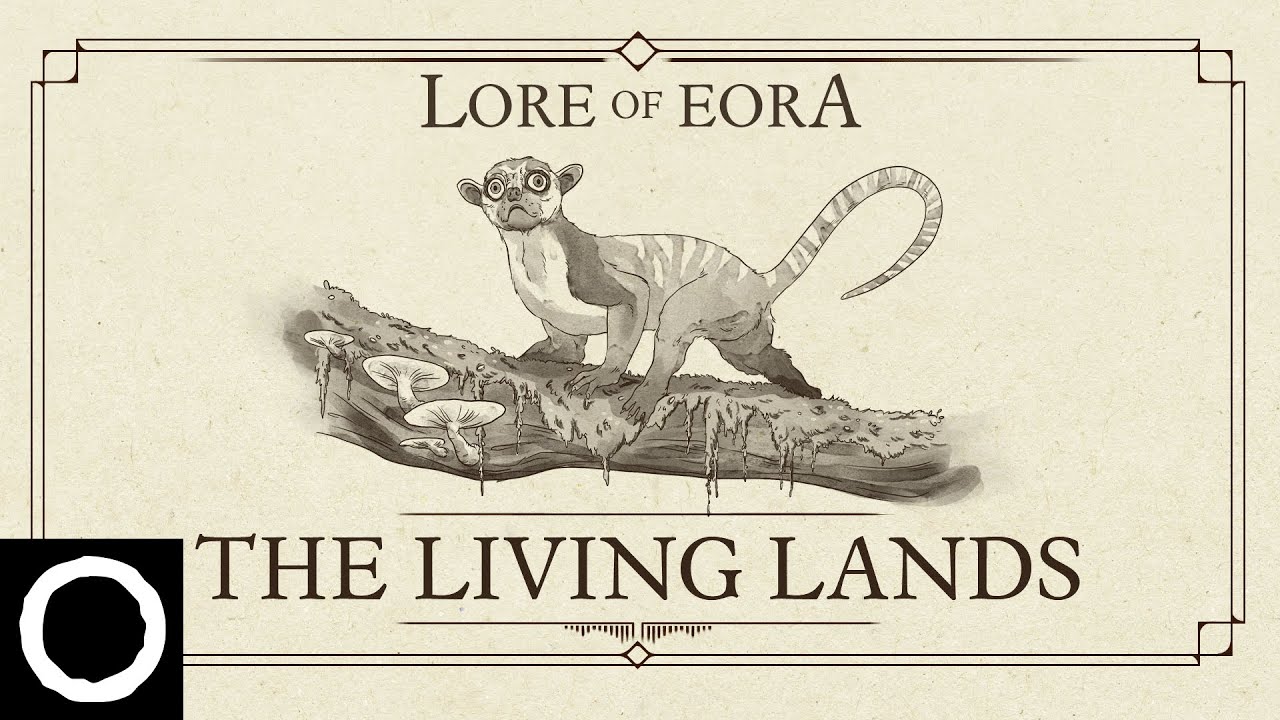Elden Ring Nightreign: Answering 20 Burning Questions
When it was announced a few months ago at The Video Game Awards, FromSoftware’s Elden Ring Nightreign immediately set the internet aflame with burning questions about what sort of experience it would offer. The trailer showed off plenty of Elden Ring-style action that we know and love, as well as some surprising cameos from bosses featured in other FromSoftware titles. Still, a lot of fans still had plenty of questions. Now, I’m able to help answer some of them.
Ahead of this weekend’s Closed Network Test on Xbox Series X|S, I had a chance to spend a couple of hours playing Elden Ring Nightreign and I can safely say that this is a wholly unique experience, one that seamlessly blends a surprising variety of gameplay mechanics, while remaining true to the core FromSoftware style. Directed by Junya Ishizaki, Battle Director on Elden Ring, Nightreign is sure to delight new and old fans alike when it releases on May 30, 2025, for Xbox Series X|S.
So, without further ado, let’s dive in and start answering some of the questions that I (and many other fans) had going in.
Is Elden Ring Nightreign a sequel to Elden Ring, an expansion, or something completely different?
It’s something completely different! While there’s clearly plenty of overlap with the beloved 2021 action/RPG hybrid (I mean, Elden Ring is right there in the name), Nightreign does not continue Elden Ring’s story and won’t feature any of the same characters or locations. The best way to describe it is that it’s a parallel experience, simultaneously feeling familiar and completely new.
What sort of game is Nightreign?
Hooooo boy, here’s where things get interesting. Officially, Nightreign is a “session-based RPG” that will be different every time you play it. But it’s not an RPG in the traditional sense of the term. You won’t create a character and build up that character’s stats, there aren’t dialogue trees or anything, and there really isn’t much of a narrative outside some general character and world lore. It’s truly a unique animal that borrows gameplay mechanics from a wide variety of genres, including hero shooters, battle royales, and, yes, RPGs.
OK, so it’s an RPG but it’s not an RPG? I’m already confused.
That’s alright, it’s a lot to take in! I’ll admit that it took me a little time to wrap my head around it. Here’s the gist of the core gameplay loop: You and two other players (it’s always a three-person game and you can’t play solo) are dropped onto a map called Limveld, where you’ll need to survive for three days against the forces of night, leveling up your character and finding better and better loot. Your ultimate goal is to be powerful enough to take on bosses that you encounter.
FromSoftware bosses? Now we’re talking!
Exactly. At the end of every day, you’ll battle a boss that will reward you with loot that will (presumably) make it easier to survive. At the end of the third night, you’ll face off against a Nightlord. Beat that boss to earn semi-permanent character boosts (more on those later). One of the coolest things about Nightreign is that it features bosses from several FromSoftware’s games, including Elden Ring (including Margit and Demi-Human Queen) and the Dark Souls series (hello, Nameless King!). If you’re a fan of From’s boss fights, you’ll be in heaven.
Are there bosses from any of FromSoftware’s other game?
Unfortunately, From has only confirmed bosses from the Dark Souls games and Elden Ring, but I think we’re all really hoping to see some bosses from Sekiro and maybe another game that isn’t on Xbox (I think you know which one). I will say that I feel confident that we won’t see any bosses from the Armored Core series.
So, if you’re not making your own character, who are you playing as?
Before each session, players will choose a Nightfarer, each of which has their own abilities and own set of skills. Each Nightfarer also has an ultimate power that could be categorized as damage, defense, or utility. Figuring out how ultimates work together and timing them is one of the most rewarding parts of the game. What’s more, players can choose to be three different Nightfarers or go with two or even three of the same ones. As you might imagine, there are benefits and drawbacks to each, so it pays to work together and communicate.
What sort of character types did you play with?
While there will be eight different Nightfarers in the final game when it releases in May, the network test will feature three:
- Wylder, whose well-balanced abilities and straightforward playstyle make him the most accessible Nightfarer for new players.
- Guardian, an eagle-headed warrior that’s a defensive specialist and can knock enemies back and deploy a barrier.
- Recluse, a highly skilled magic user that is the most challenging to use but by far the most rewarding once you get good.
Wylder and Guardian will feel familiar to Elden Ring and Souls fan, especially because they use weapons and shields. Recluse on the other hand, breaks the mold set by magic-wielding characters in those games.
So, Recluse can’t just cast spells and refill her FP whenever it gets low?
See, that’s where things get interesting. While Recluse can indeed cast spells and launch magic attacks, refilling your FP isn’t that easy. Rather than simply popping a potion, you’ll need to collect attribute marks from enemies that appear whenever they are hit with magic, fire, lightning, or holy attacks. Once you collect four marks, you can unleash a powerful attack that’s different depending on the types of marks. She can also use the “Song of the Blood Soul” ultimate to mark enemies, allowing her squad mates to recover HP and FP by attacking. I can see high-level Recluse players being a hot commodity since she can make the whole team better.
So how does an average match start?
Before you even dive into a session, you’ll find yourself hanging out in the Roundtable Hold, which has gotten some renovations since last we saw it. The biggest addition is a sparring area featuring dummies you can practice on. You’ll be able to change a variety of parameters like your character level, amount of stamina, damage dealt, etc. It’s a nice way to practice outside of a session. Anyway, once you’re ready to dive in, you’ll launch an expedition and be placed into matchmaking. After the game has found you two other players, you’ll each be given 10 seconds to choose your Nightfarer. From there, you’ll be deployed into Limveld.
Deployed? What does that even mean?
Here’s where some of those borrowed gameplay mechanics I mentioned above come into play: as you might recognize from games like Fortnite, Apex Legends, and PUBG, the beginning of every Nightreign session sees the player swooping and gliding over the map while holding onto the talons of a giant Spectral Hawk. While in air, you and your teammates can drop pins to decide where to go. It’s not required but trust me when I say that you should stick together.
Alright, so once you’re on the ground, what’s next?
After you and the squad have landed, it’s time to start what From is calling the “field exploration” phase, in which you’ll run around the map killing enemies, looting chests, and smashing every box in sight. Not only can you find gear that will give you a better chance of survival, but defeating enemies will give you and your team runes that can be used to level up.
Wait, level up? I thought you said this wasn’t an RPG?
No, I said it’s not a traditional RPG. Yes, as you make your way around the map, you’ll gain experience that can then be used at a Site of Grace to level your character up. You won’t put points into strength or intelligence or any of that, you’ll simple move from level 1 to 2 to 3 and so on. This will, among other things, dictate how much damage you do and how much damage you can take. It always pays to level up whenever you are able, since it seems like there’s a pretty noticeable difference between levels. For instance, fighting the first night’s boss at level 1 is close to impossible, but fighting it at level 6 is fairly easy.
So why can’t you just level up a bunch of times to make it trivial?
See, that is where the real fun comes in. As you’re exploring the map, leveling up and finding new gear, there’s a Circle of Flame closing around you (yes, like Fortnite, PUBG, and Apex Legends). If you’re outside of the circle, you’re constantly taking damage, so it’s always pays to be aware of where it is. As the day progresses and the circle becomes smaller, you’ll be able to tell where the center of it is. At that center is the night’s boss that you need to defeat to move on to the next day. You’ll need to move around the map quite quickly if you want to stay safe.
Just how large is the map and how hard is it to get around? Can you just call your trusty steed like in Elden Ring?
The map is big, but not nearly as big as Elden Ring’s full map. My gut feeling is that it’s probably close to the same size as two of Elden Ring’s regions combined. Sadly, Torrent does not make an appearance in Nightreign, but that doesn’t mean that there aren’t plenty of options when it comes to navigating the environment. First off, you can now break into a full sprint by clicking the analog stick while dashing, and I was surprised at just how fast you can move. There are also some new parkour-like traversal options, including mantling and wall jumps, allowing you to make your way up cliffsides (bonus: no fall damage!) relatively quickly. There are also some spots where you can launch yourself up into the air with a Spiritspring and glide down on your Spectral Hawk. The speed at which I was able to traverse the world was a surprising amount of fun.
What is there to do in the world beside sprinting around and killing enemies?
A lot! You’ll want to take the time (but not too much time) to explore, as you can increase the number of health flask charges at churches, take part in battles in which you need to take out every enemy in a camp for a good reward, and even deal with dynamic events that guarantee no two matches will be the same. In one of my sessions, I had to deal with a dozen large ants erupting from the ground during the middle of a mini boss fight which, as you might imagine, did not go well.
Will you run into tougher enemies out in the field or is that reserved for the boss fight?
Oh yes, you’ll definitely come into contact with plenty of mini bosses. During my runs, I saw Godskin Nobles, Golems, Depraved Perfumers, and many more. In addition to providing a bunch of runes to level up with, these mini bosses also drop better gear than regular enemies. The one catch here is that you’ll be forced to choose between a couple of options, each with its strengths and weaknesses.
Why wouldn’t you just take the most powerful weapon?
While the amount of damage you can output is certainly something you want to consider, it’s the passive bonuses that often make more of a difference. You see, when you equip a weapon, you gain a passive bonus regardless of whether you’re using it. So, for example, that low level greatsword might not do much damage, but it’ll add lightning to the attacks you perform with your higher-level broadsword. There’s a bit of give and take you’ll need to contend with, but that’s part of the experience. Also part of the experience: dying.
Ah yes, the good old “You Died” screen. Do you leave the game when you die as in Elden Ring multiplayer?
Not only do you not leave the game, but the method of reviving also adds a fun little twist to combat. You see, if you fall in battle, you won’t die but will enter a critical state in which you can still crawl around while begging your teammates for help. If they’re able to get to you before you die, they’ll be able to revive you by… attacking you! Yes, you read that correctly. When you rush to a downed ally, just spam the attack button to bring them back to life. The one wrinkle to all of this is that it’ll take longer to revive them if your attacks are weaker, and it’ll take longer to revive them if they’ve been felled before. This led to some wonderfully hectic moments during boss fights, as you’ll be attacking the boss and reviving your teammate at the same time. Madness!
OK, so let’s say I make it to the end of the night and take down the boss. What’s my reward?
Remember when I mentioned above that there are semi-permanent character boosts? This is where those come into play. When defeating bosses each night and the Night Lord at the end of the three-night cycle, you’ll get a relic which you can apply to your character before heading into battle. Relics come in red, yellow, and green, and each character has a certain number of slots corresponding with those color. One might have two reds and a green or one of each color. Each of these relics provides a power-up that you’ll have for the entire session and all future sessions, and you can swap them out as you see fit. It’s a neat system and it feels like it will lead to some powerful combinations once people get their hands on Nightreign.
Alright, I’m sold. When can I start playing Elden Ring Nightreign?
If you’re lucky, you’re already in the Closed Network Test that’s running this weekend. If you weren’t able to get in, you’ll need to wait until Elden Ring Nightreign release on May 30, 2025, for Xbox Series X|S.
The post Elden Ring Nightreign: Answering 20 Burning Questions appeared first on Xbox Wire.


